Foot, Parts of Anatomy and Physiology
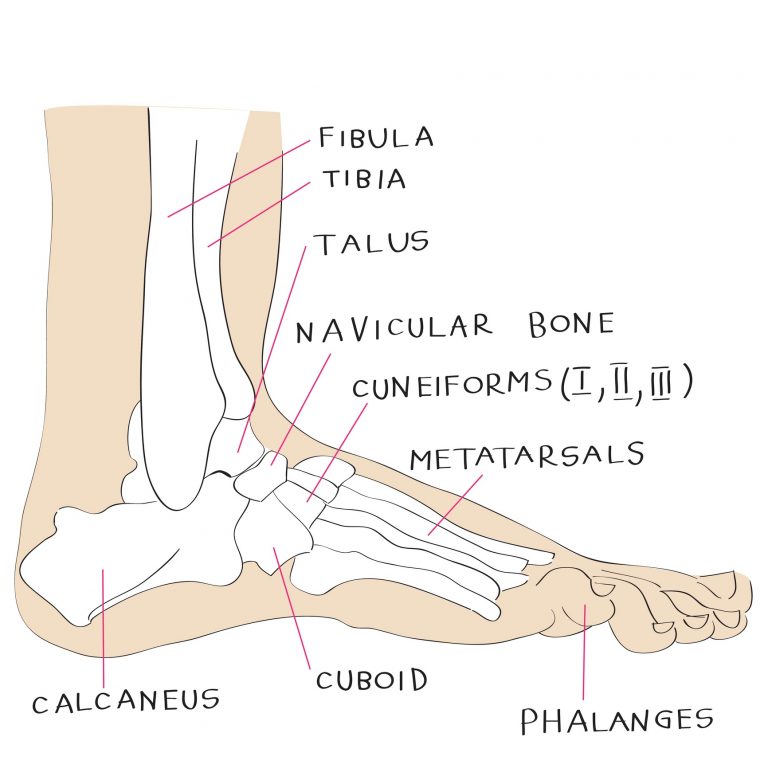
Foot Anatomy 101 A Quick Lesson From a New Hampshire Podiatrist Nagy Footcare
The muscles of the foot are located mainly in the sole of the foot and divided into a central (medial) group and a group on either side (lateral). The muscles at the top of the foot fan out to supply the individual toes. The tendons in the foot are thick bands that connect muscles to bones. When the muscles tighten (contract) they pull on the.
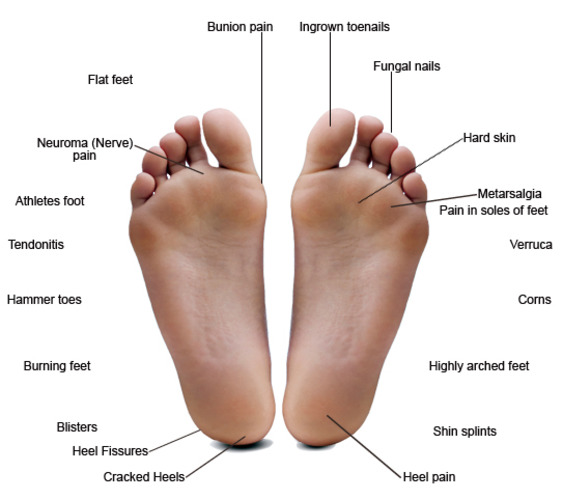
Common Foot Problems — Hawaii Podiatry
The midfoot is a pyramid-like collection of bones that form the arches of the feet. These include the three cuneiform bones, the cuboid bone, and the navicular bone. The hind foot forms the heel and ankle. The talus bone supports the leg bones (tibia and fibula), forming the ankle. The calcaneus (heel bone) is the largest bone in the foot.

Understanding the Foot and Ankle 1004 Anatomical Parts & Charts
The foot (pl.: feet) is an anatomical structure found in many vertebrates.It is the terminal portion of a limb which bears weight and allows locomotion.In many animals with feet, the foot is a separate [clarification needed] organ at the terminal part of the leg made up of one or more segments or bones, generally including claws and/or nails.
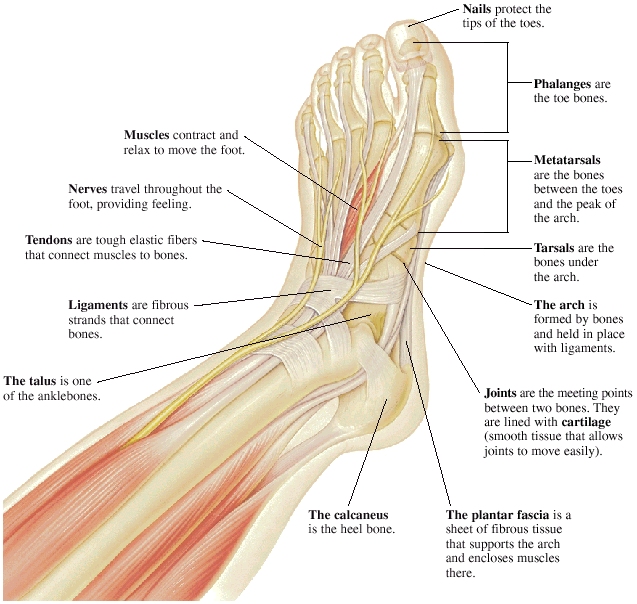
Foot, Parts of Anatomy and Physiology
foot, in anatomy, terminal part of the leg of a land vertebrate, on which the creature stands. In most two-footed and many four-footed animals, the foot consists of all structures below the ankle joint: heel, arch, digits, and contained bones such as tarsals, metatarsals, and phalanges; in mammals that walk on their toes and in hoofed mammals.

Foot Reflexology Chart stock vector. Illustration of physical 96620033
Regions of the Foot. The foot is traditionally divided into three regions: the hindfoot, the midfoot, and the forefoot (Figure 2).Additionally, the lower leg often refers to the area between the knee and the ankle and this area is critical to the functioning of the foot.. The Hindfoot begins at the ankle joint and stops at the transverse tarsal joint (a combination of the talonavicular and.
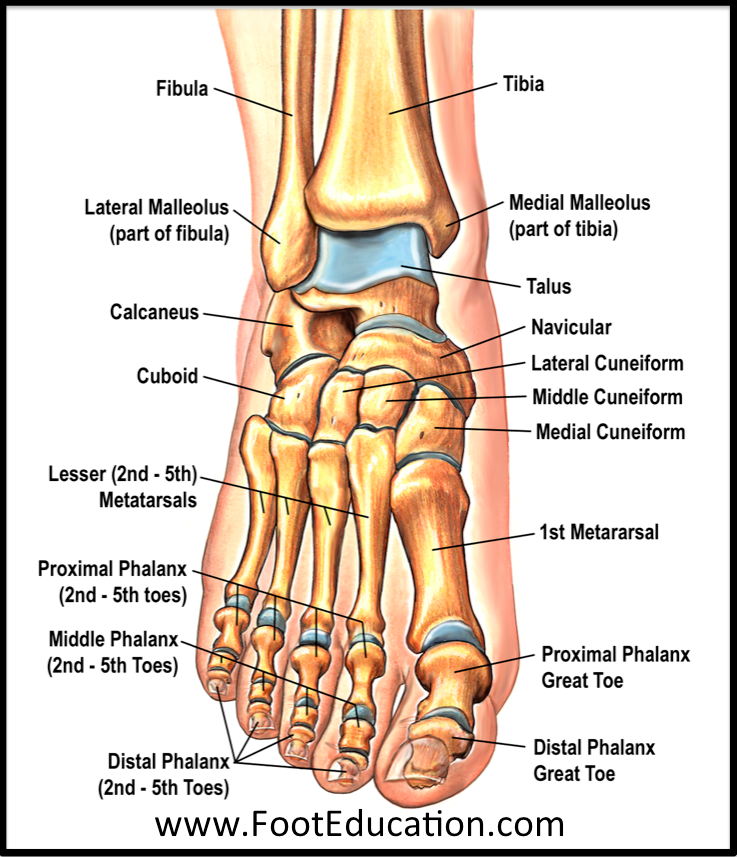
Bones and Joints of the Foot and Ankle Overview FootEducation
foot, instep, arch of the foot, ball of the foot, sole of the foot, toe, big toe, little toe, middle toe, toenail. To see the infographic of the parts of the hand click here To see the infographic of the parts of the body click here To see the infographic of the parts of the face click here. If you found this Post interesting or useful, let.

Be Kind To Your Feet VOICE
FEET 101. With 26 bones, 33 joints and over 100 muscles, tendons and joints, feet are an extraordinary puzzle. And when all the pieces support and fit properly, it leads to a healthy foundation to carry us through our day. Here's a quick explanation of the feet so you can see how important and complex they are when it comes to supporting the body.

This chart shows foot and ankle bone and ligament anatomy, normal movement of the joints, and
The foot is a part of vertebrate anatomy which serves the purpose of supporting the animal's weight and allowing for locomotion on land. In humans, the foot is one of the most complex structures in the body. It is made up of over 100 moving parts - bones, muscles, tendons, and ligaments designed to allow the foot to balance the body's.

the body foot A1 English vocabulary, Learn english vocabulary, Teaching english grammar
FOOT PARTS NAMES. 49. ankle; 50. heel; 51. instep; 52. ball; 53. big toe; 54. toe; 55. little toe; 56. toenail;. Corsican Croatian Czech Danish Dutch English Esperanto Estonian Filipino Finnish French Frisian Galician Georgian German Greek Gujarati Haitian Creole Hausa Hawaiian Hebrew Hindi Hmong Hungarian Icelandic Igbo Indonesian Irish.
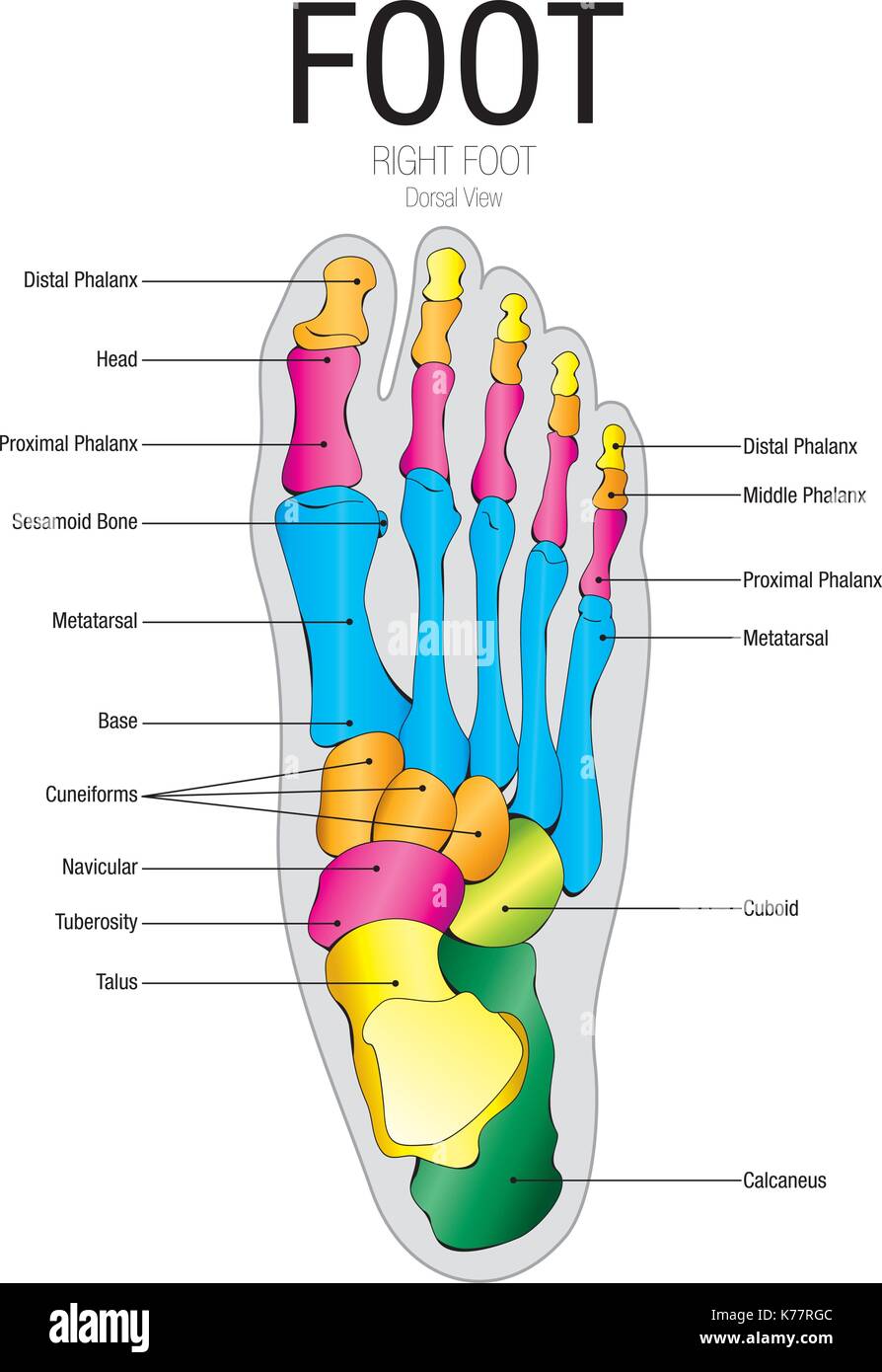
Chart of FOOT Dorsal view with parts name Vector image Stock Vector Image & Art Alamy
The foot is a very complex part of the body. It is made up of a great many bones, joints, muscles, nerves, and tendons. The foot has two important jobs to perform for the body. Those jobs are to propel the body forward and to absorb shock. Fortunately, the foot is perfectly designed to do those jobs.

Foot Anatomy and Function पाद pāda Elliots World
The Toes, Arch and Heel. Toes are the parts of the foot that allow people to move. They help people grip the ground and push off when they walk or run. The arch is the part of the foot that helps to absorb shock when we move around. It is located between the heel and the toes. The heel provides balance and stability.

Pin on My Pedorthic Findings
Basic Body Part Names In English. Here's a list of some basic body part names that kids and beginner English language learners typically study: Head. Neck. Shoulder. Arm. Elbow. Hand. Finger.

Vocabulary related to the foot for EFL students.. Learn english, Ana, Vocabulary
In this video I have explained the different names of the toe and parts of the Foot.Hope you will find the video very informative

Parts of the feet and legs Grammar Tips
Parts of Foot Names in English Parts of Foot. The foot has three main parts: 1. Hindfoot. This includes the ankle and the heel. The ankle connects the leg, and the heel is the back part. 2. Midfoot. This is like the arch in the middle of the foot. It helps with shock absorption and supports its structure. 3. Forefoot. This is the front part of.
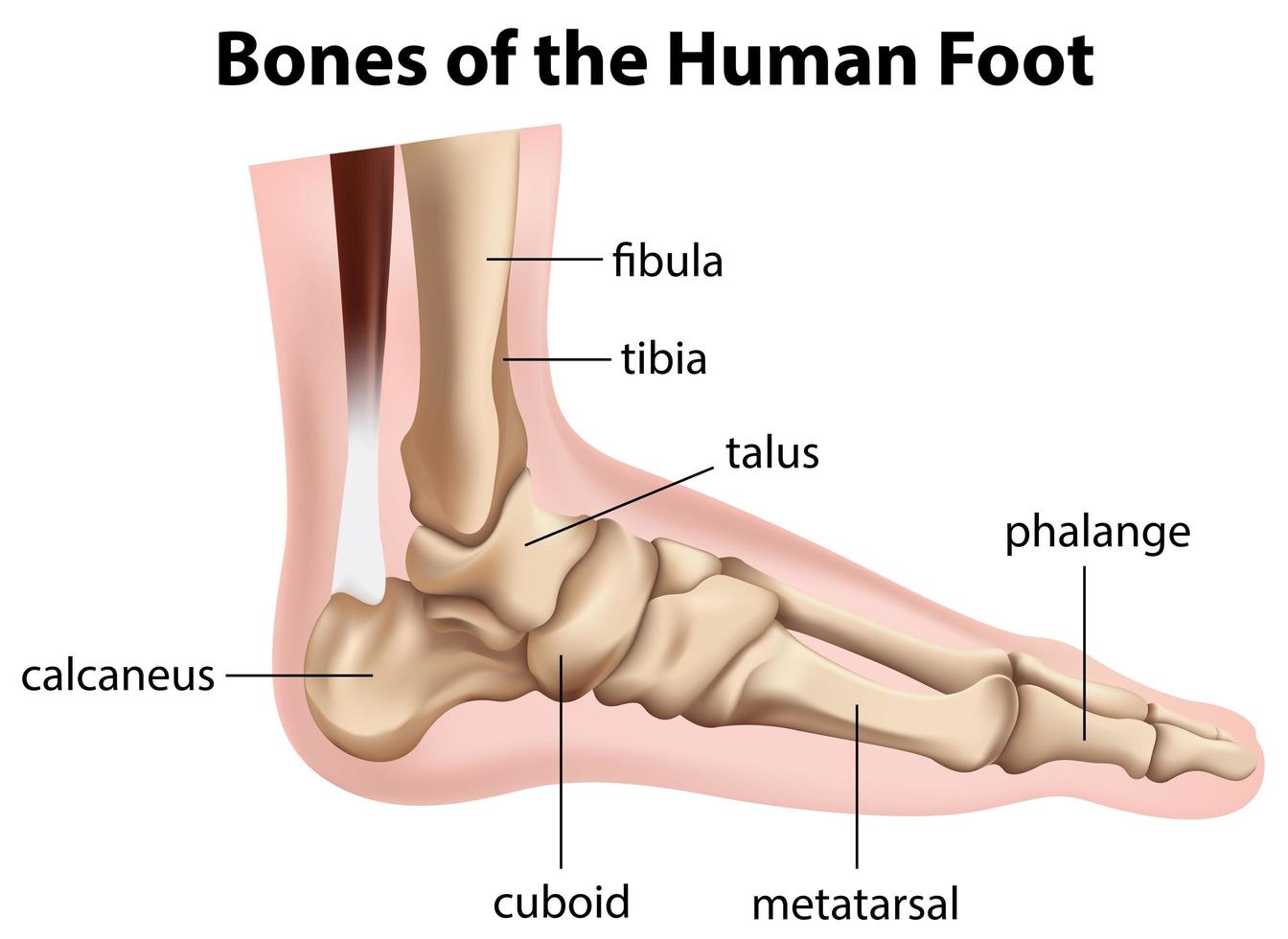
Bones of the human foot diagram 1142236 Vector Art at Vecteezy
A malfunction in any of these parts of the foot can result in problems elsewhere in the body just as problems elsewhere in the body can lead to complications in the feet. Parts of the foot. The foot is divided into three parts, structurally speaking; the forefoot, midfoot and hindfoot. Forefoot. The forefoot contains your toes and their.

Ankle Bones Diagram . Ankle Bones Diagram Ankle Diagrams Diagram Link Ankle anatomy, Foot
Foot. The foot is the lowermost point of the human leg. The foot's shape, along with the body's natural balance-keeping systems, make humans capable of not only walking, but also running.